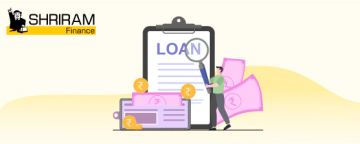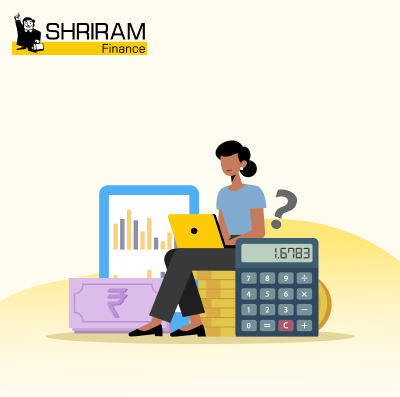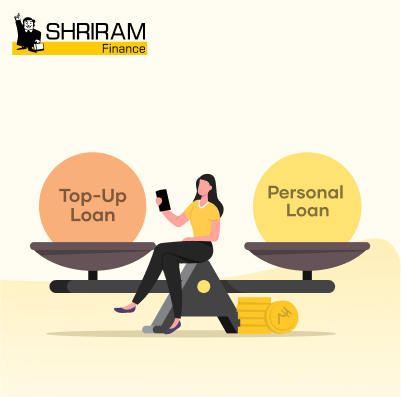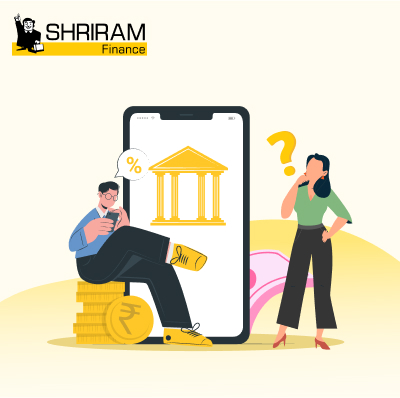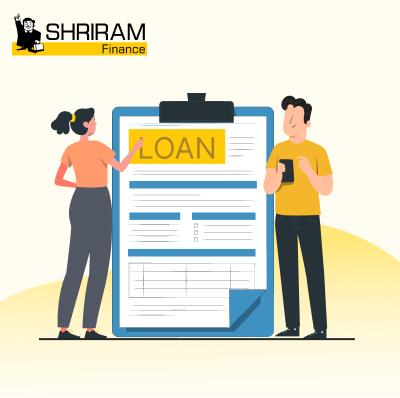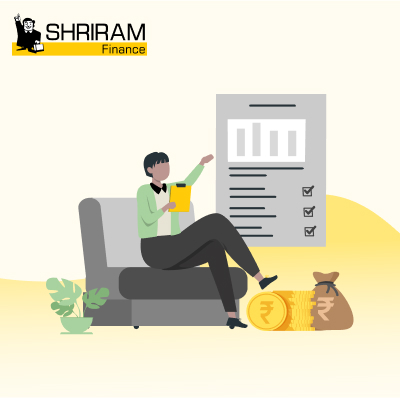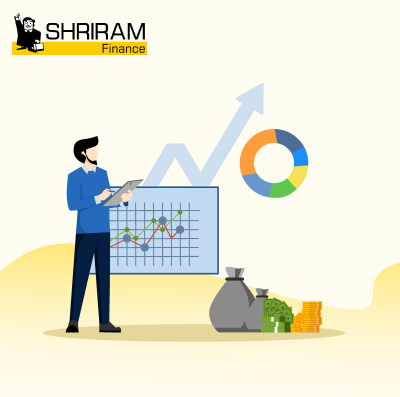With rising inflation and lifestyle expenses, individuals are relying on credit cards to meet their monthly budgets. However, increasing credit card debt can quickly get out of control if proper debt management is not followed. As outstanding balances continue to grow, you may soon find yourself struggling to keep up with high-interest charges and minimum payments across multiple credit cards.
This is where a personal loan for debt consolidation can be a good decision. Personal loans typically have lower interest rates and flexible tenure options as compared to credit cards. Consolidating using a personal loan controls debt repayment with one fixed EMI instead of tracking multiple credit cards. Read this article to understand how personal loans can help effectively consolidate credit card debt.
The Risks of Credit Card Debt
Background on Rising Credit Card Debt in India
- As per RBI data, the total credit card expenditure in India increased from ₹1.82 lakh crore in 2014–15 to ₹6.7 lakh crore in 2019–20, highlighting growing dependency on plastic money.
- The number of credit card users is expected to grow from around 6 crore in 2020 to nearly 8 crore by 2025.
- Average credit card debt per borrower has increased by over 30% in the recent years.
High-Interest Rates
- The Annual Percentage Rate (APR) on credit cards often exceeds 36%, with some premium cards charging up to 42%.
- If you miss payments or default on your bill, penal interest rates of ~45% p.a. can be levied, drastically increasing your outstanding amount.
Multiple Minimum Payments
- Each credit card requires a minimum monthly payment (typically 5–10% of the outstanding balance).
- Missing payments leads to late fees, additional interest, and negative impact on your credit score.
Long Payment Tenures
- Many users pay only the minimum amount, causing interest to accumulate on the entire outstanding balance, extending the repayment tenure significantly.
Hampers Debt Management
- Managing several credit cards with different billing dates and payment deadlines can make it easier to miss payments and harder to keep control of your credit card debt.
The Solution – Personal Loans for Debt Consolidation
Consolidating credit card debt with a personal loan offers a straightforward and cost-effective solution. Here is how:
Lower Interest Rates
- Personal loans have lower interest rates, typically ranging from 5% to 24% p.a., based on your credit profile. This is significantly lower than credit card APRs, potentially reducing your interest burden by half or more.
Flexible Tenures
- Loan tenures can range from 12 to 60 months, allowing customisation based on repayment capacity.
Single EMI
- Instead of juggling multiple due dates, you pay one consolidated EMI every month, which makes budgeting simpler.
Improves Credit Score
- Paying off high-utilisation credit cards and maintaining a consistent repayment history on the personal loan can increase your credit score by up to 50 points with time.
Factors to Consider When Opting for a Debt Consolidation Loan
Loan Amount Needed
- Calculate your total outstanding balances across all credit cards. This gives you the debt consolidation loan amount to apply for.
- Avoid taking an amount higher than necessary, as it increases your repayment burden.
Interest Rates
- Compare rates from banks, NBFCs, and digital institutions. Even a 1–2% difference can lead to substantial savings over the loan tenure.
Foreclosure Charges
- Some personal loans for debt relief have high charges for early repayment. If you plan to repay early, choose lenders with low or zero foreclosure charges.
Flexible Repayment Options
- Pick lending institutions offering customised tenures, part-prepayment facilities, and moratorium periods, if required.
Processing Fees
- Some lending institutions charge 1–2% of the loan amount as processing fees. Factor this in while comparing loan offers.
Eligibility and Documentation
- Check if you meet the lender’s credit score, income level, and employment stability
- Ensure all required documents (e.g., PAN, Aadhaar, salary slips, bank statements) are ready.
Digital Process
- Opt for lenders offering end-to-end digital processes, including online application, e-KYC, and instant disbursal, for convenience.
Debt Consolidation Process: Step-by-Step
- Estimate Credit Card Debt
Calculate the total outstanding amount across all your cards.
- Review Lenders
Shortlist lenders based on interest rate, tenure, fees, and flexibility.
- Check Eligibility
Use online calculators to check the eligible loan amount and EMI.
- Apply Online
Fill out the loan application form and submit documents on the lender's portal.
- E-Approval & Disbursal
Once approved, the loan amount is disbursed to your account, typically within 1–3 working days.
- Repay Credit Cards
Use the disbursed amount to clear all credit card balances immediately.
- Start EMI Repayment
Begin monthly repayments on the personal loan as per the agreed schedule.
Benefits of Consolidating Credit Card Debt
- Reduces overall interest costs: Lowers the amount paid in interest compared to high-rate credit card debt.
- Streamlines debt repayment with a single EMI: Simplifies payments by combining multiple debts into one manageable monthly instalment.
- Improves credit utilisation ratio: Lowers credit card balances, positively impacting your credit score.
- Helps avoid penalties and late charges: Ensures timely payments by consolidating debts into a fixed repayment schedule.
- Promotes disciplined financial behaviour: Encourages regular budgeting and on-time repayments, fostering better money management.
Note: It's essential to close or limit usage of credit cards after consolidation to prevent falling back into a debt cycle.
Things to Watch Out For
Temporary Credit Score Dip
Closing older credit cards may lower your average account age, which can cause a minor short-term decrease in your credit score.
Additional Debt Stress
Taking a consolidation loan when already financially strained can worsen your position if not carefully managed.
Foreclosure Charges
Some loans carry prepayment penalties. Choose your lender wisely if early repayment is part of your plan.
Recurring Credit Card Usage
Paying off and then reusing credit cards can restart the debt cycle. Avoid using cards after consolidation.
Summing Up
A personal loan can be a strategic and structured way to consolidate high-interest credit card debt. With lower interest rates, fixed EMIs, and longer repayment tenures, it helps simplify your finances and reduce your overall burden.
But remember, consolidating is only the first step. It is crucial to stay financially disciplined. Avoid new debt, control expenses, and follow a monthly budget.
Smart debt usage like education or home loans can be productive. However, unrestrained credit card debt, often at an above 40% interest can be financially burdening.
Therefore, a personal loan from Shriram Finance is a smart move for debt consolidation, only if it is backed by strong repayment discipline and financial planning.










